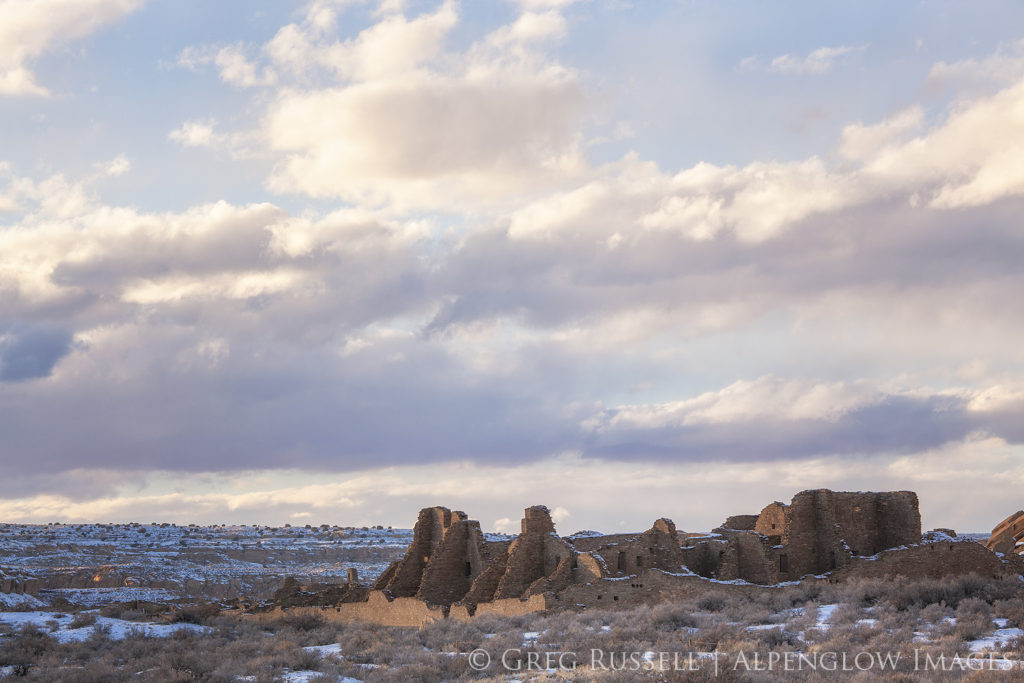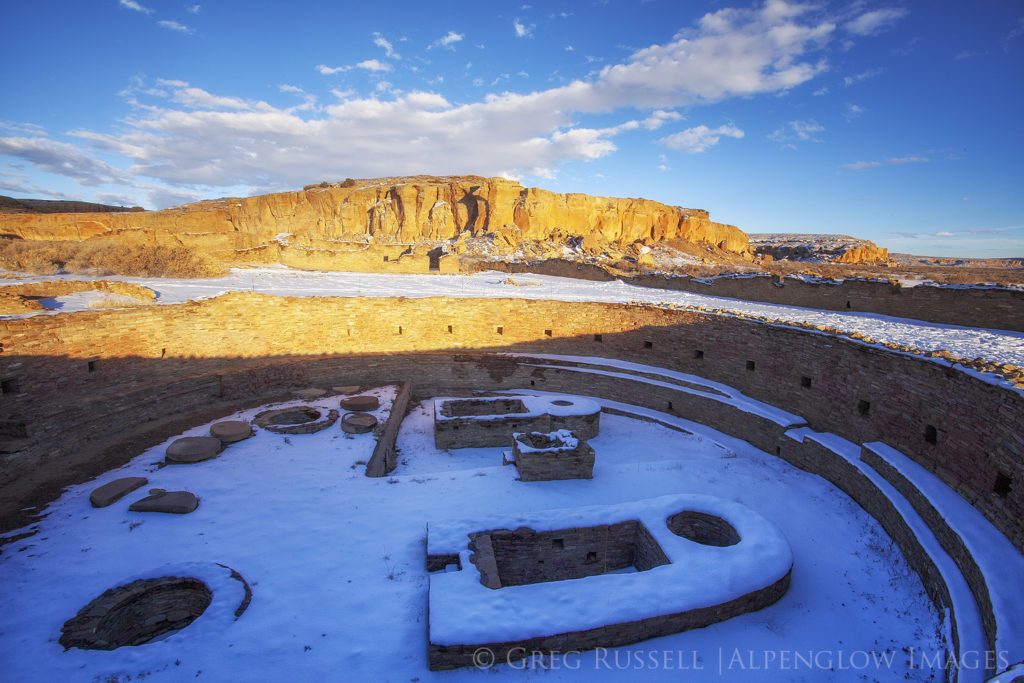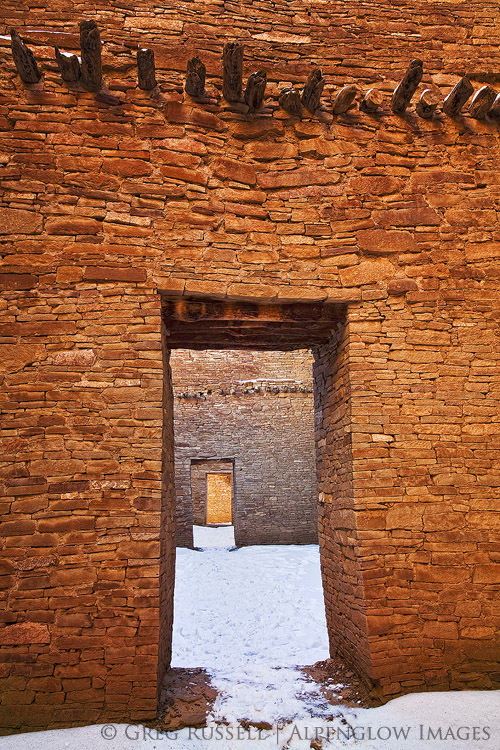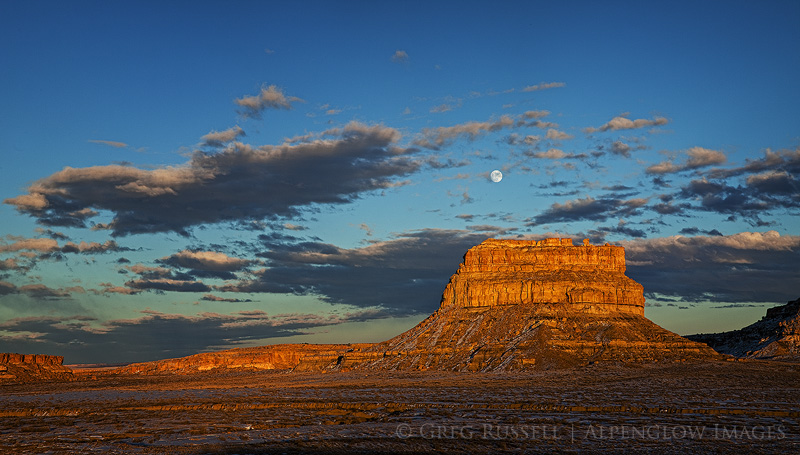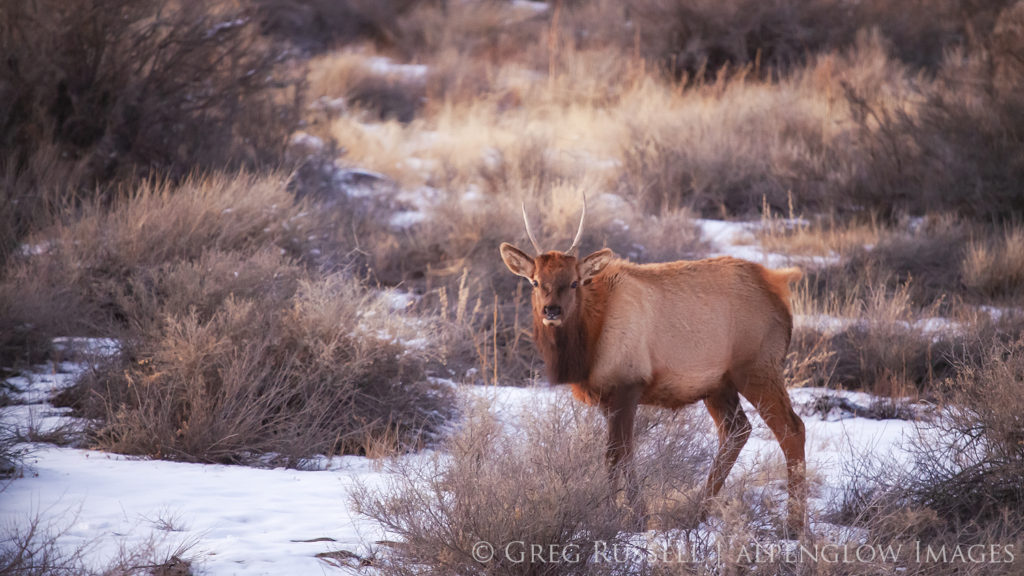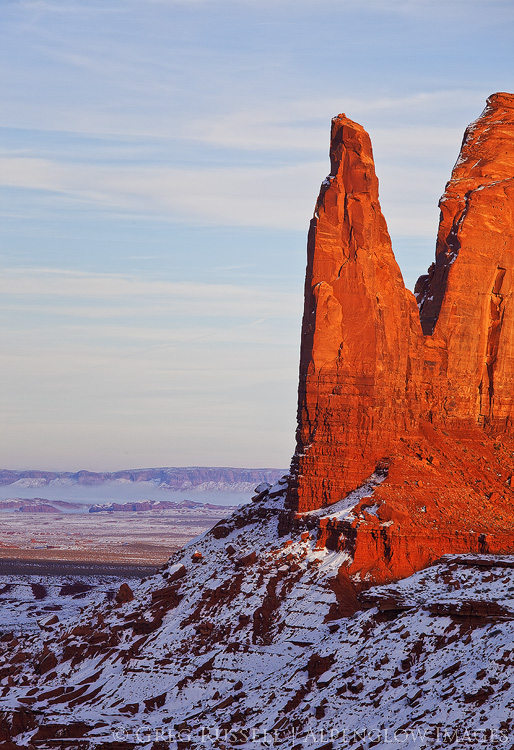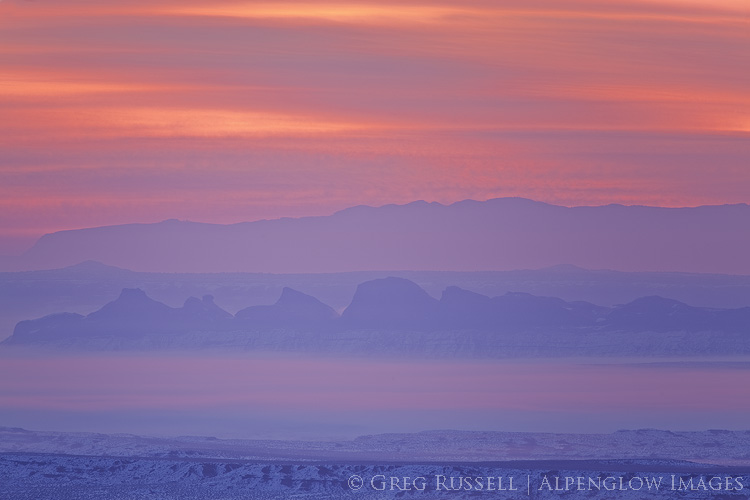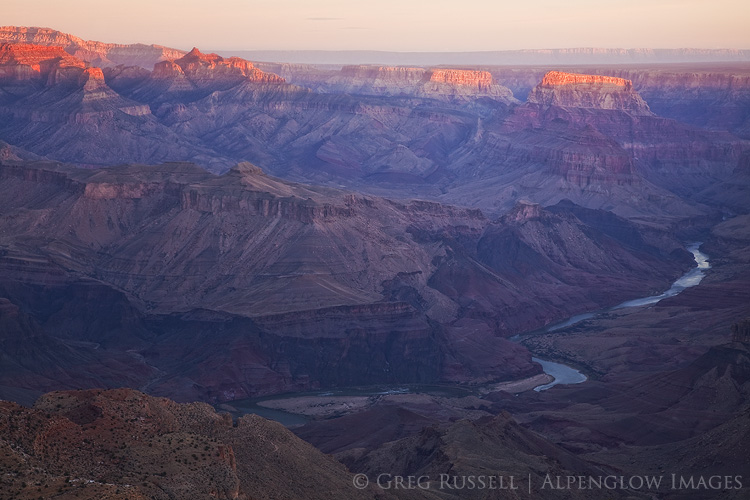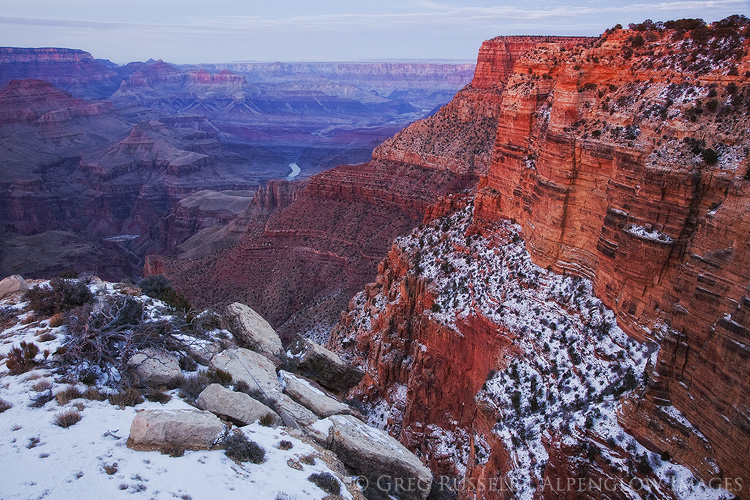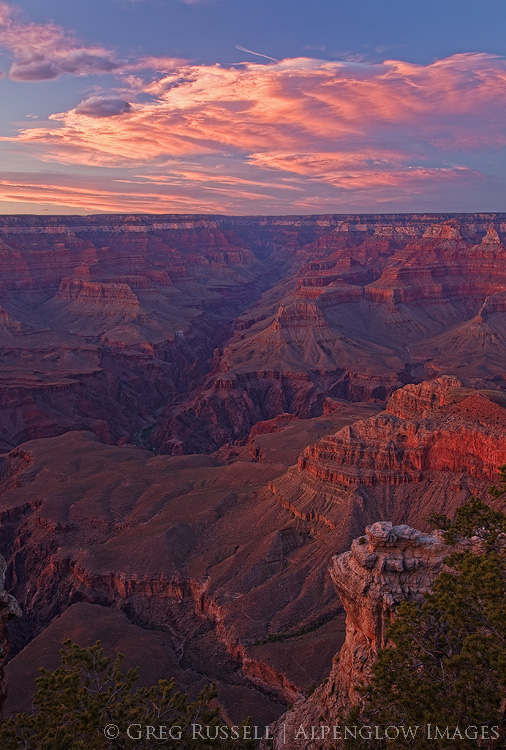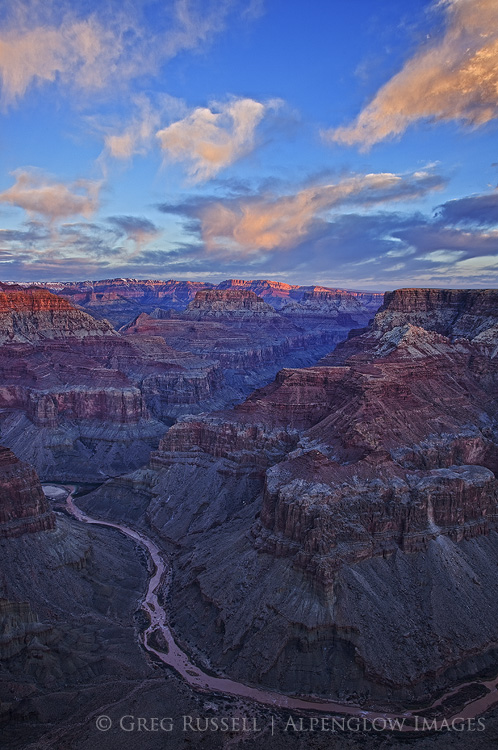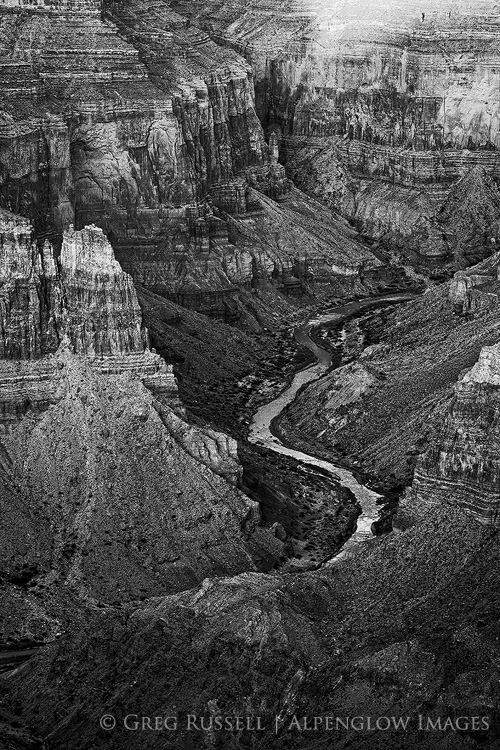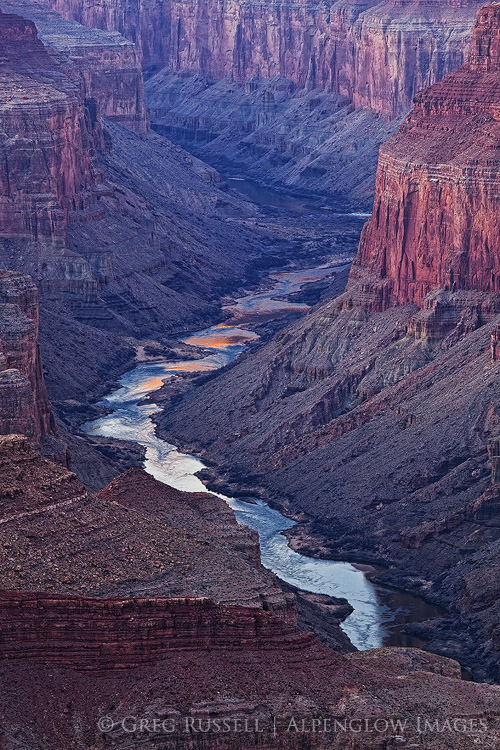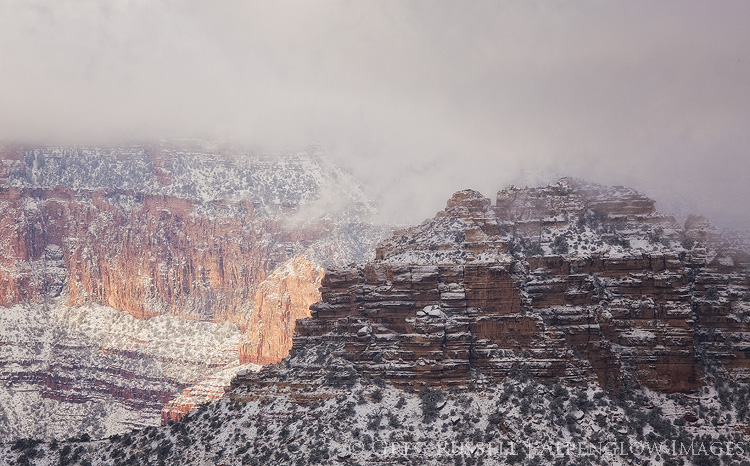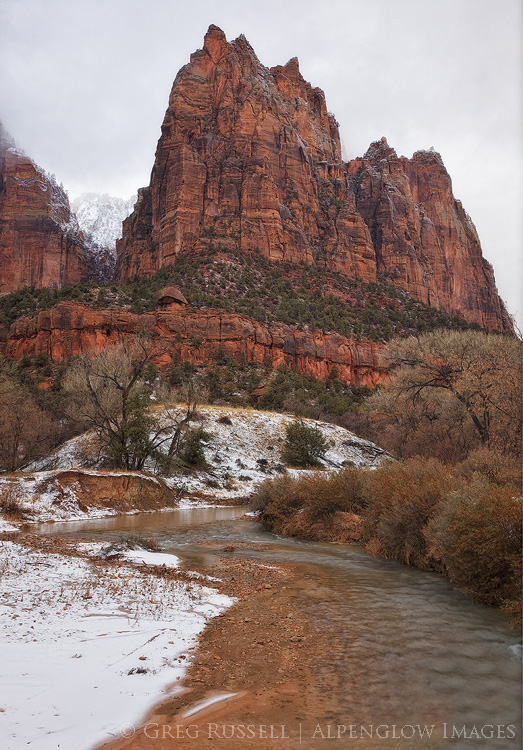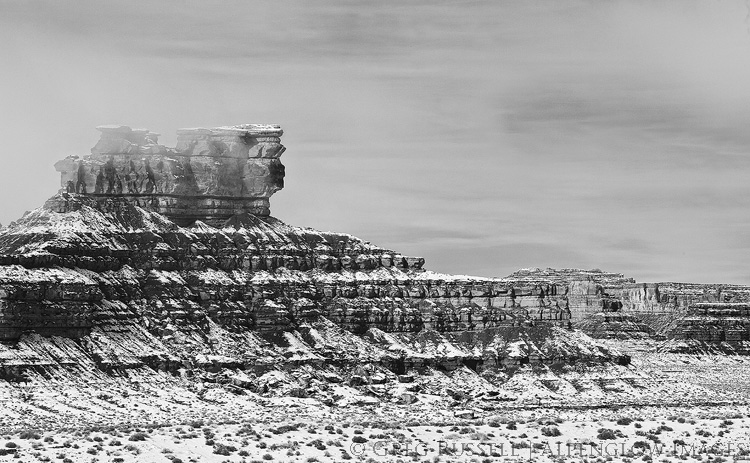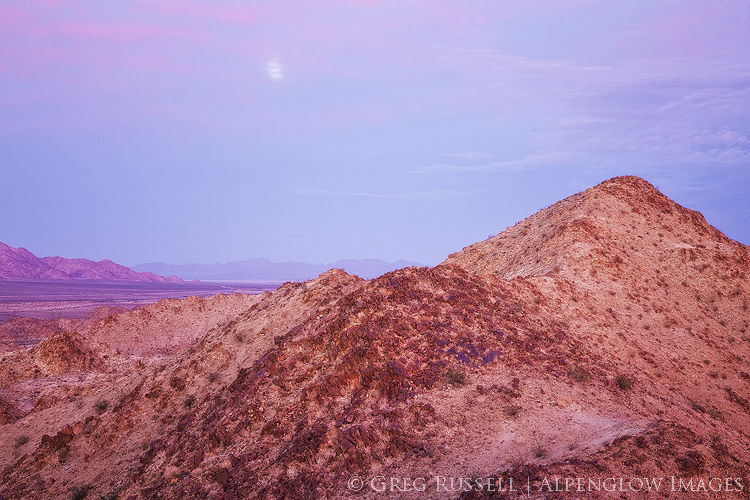This 2020 retrospective marks my eleventh year of image reviews. Since I began doing these in 2010, I–like many of you–have experiences highs and lows in creativity and image making. Some years have proliferative, and others–like last year–have not been.
Despite the challenges 2020 gave us, it felt really good for me to be behind the camera more than in 2019. In the times I was out, there was a natural flow to image making and the light was relatively forgiving.
Here are a couple of highlights from 2020, along with some of my favorite images. I hope you enjoy them!
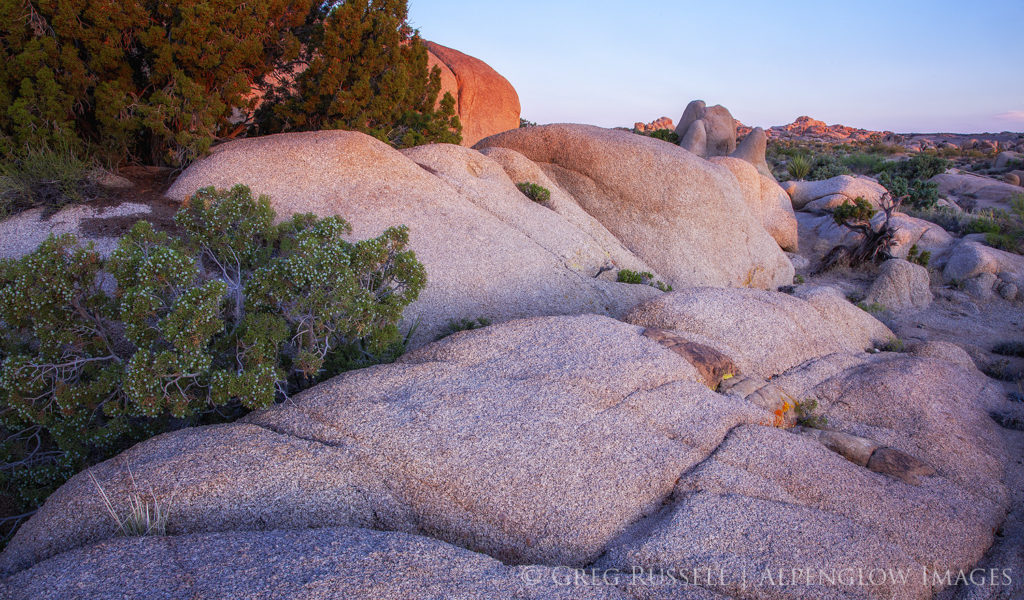
Talking about photography
I was thrilled to be the Photographer of the Month in Issue 210 of On Landscape Magazine. Tim and Charlotte Parkin publish this beautiful magazine every month, and many photographers I respect and admire write columns and articles that are worth checking out. I highly recommend it.
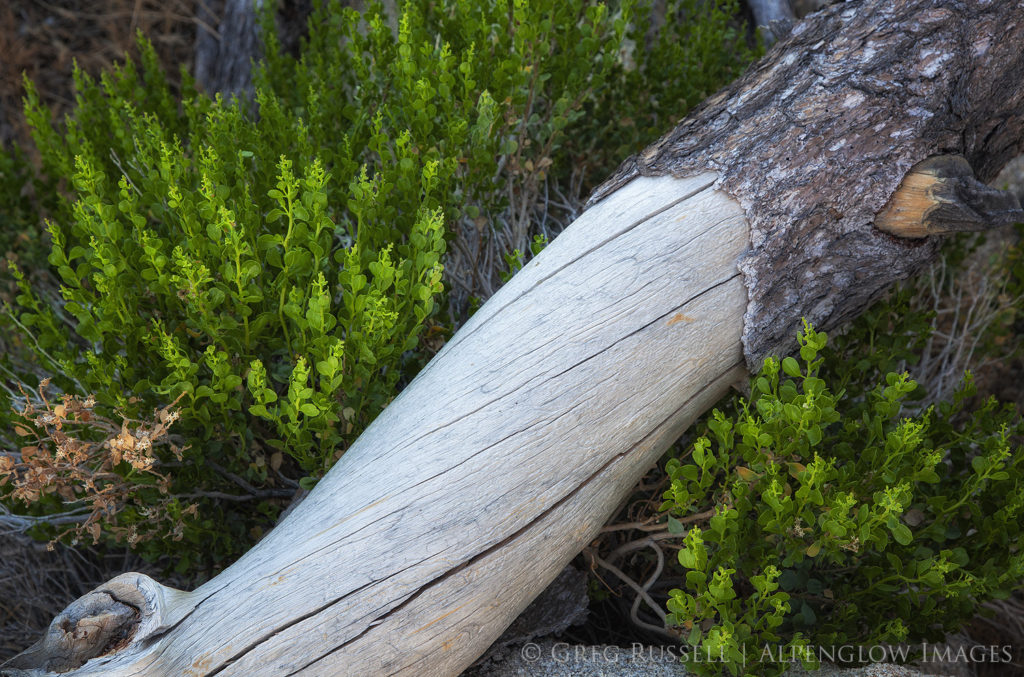
In doing my interview, I was reminded of the value in talking about photography and the creative process, something I’ve neglected in the last couple of years. By talking about visualization, composition, and other things, it can be a great way to crystallize your own creative vision. To that end, I hope to blog more in 2021, as this has always been a great platform to do that.
Additionally, I enjoyed a long conversation with a friend whose family had been close with one of my heroes, Wallace Stegner. This was one of the most refreshing surprises of 2020, and I enjoyed chatting about Wallace, the land, and the future. It was a very hopeful conversation.
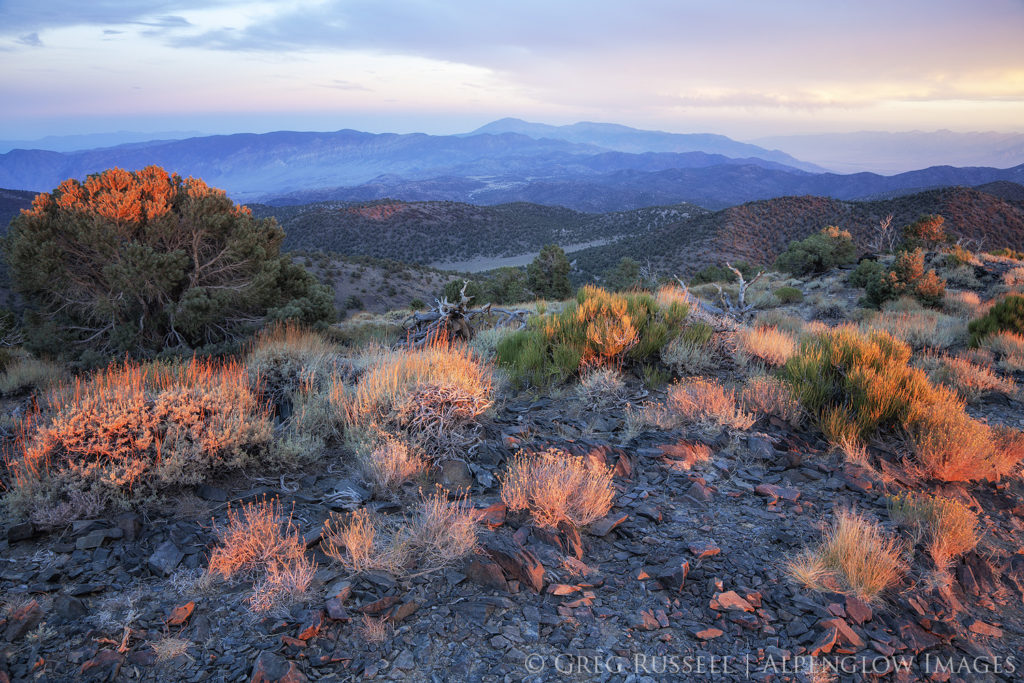
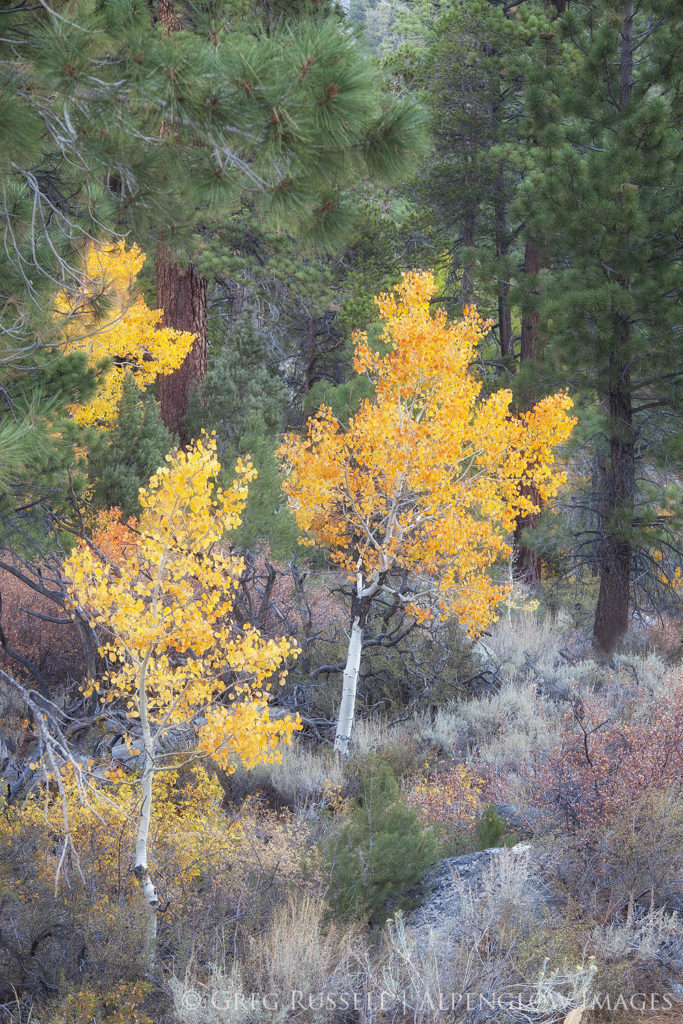
COVID-19 relief
In May, Jackson Frishman and I held a print sale and raised over $1500 to donate to COVID-19 relief for the Navajo and Hopi Nations. In the midst of a challenging year, kindness abounded, and we were happy to do our part.
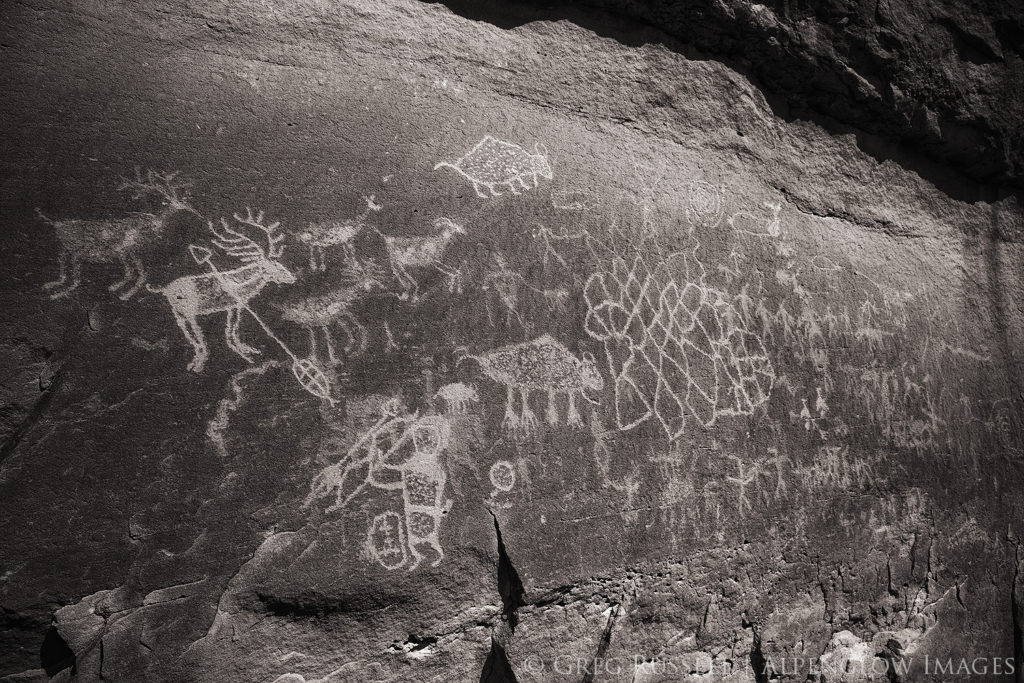
I think it’s important to acknowledge that landscape photographers should leverage their voices, talents, and image portfolios for worthy causes. This can be simple, like advocating for public lands, or–like Jackson and I did–having fundraisers. I’ve been thinking a lot about the notion of community this year and the common goals and values we share as part of a community.
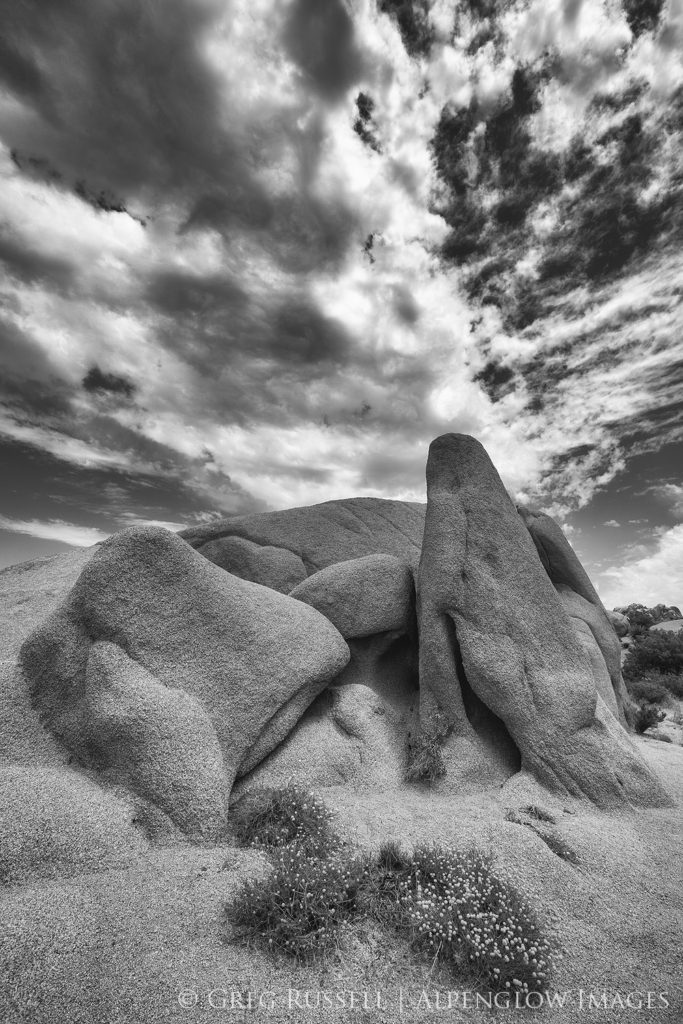
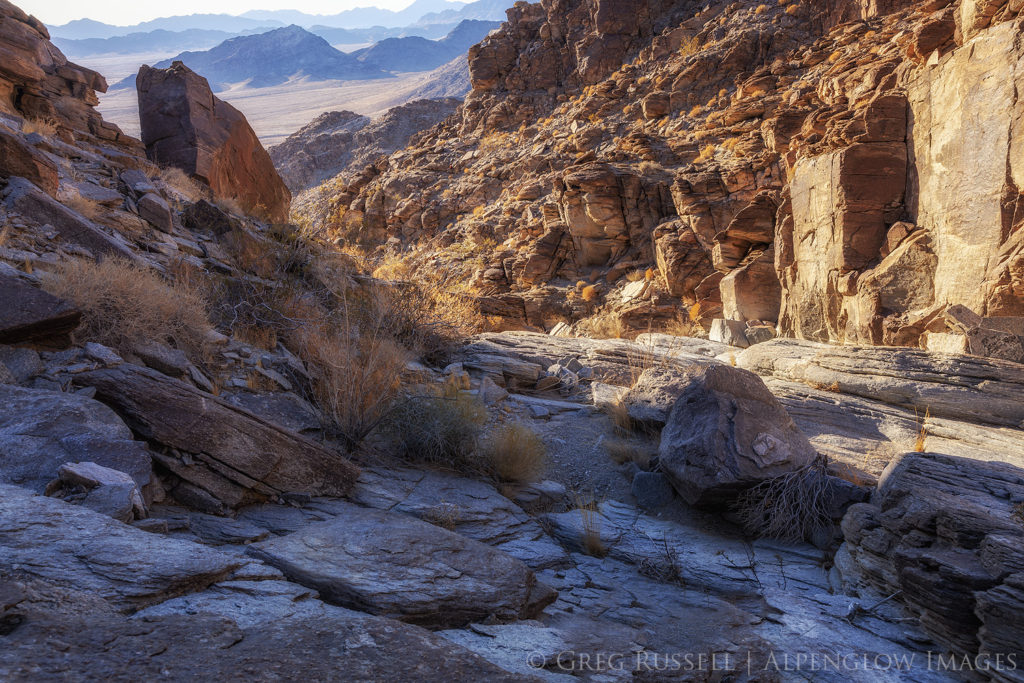
Looking ahead
In 2021, I plan on continuing to work on my Wilderness Project. In the spirit of COVID-19 and keeping a small footprint, I plan on continuing to focus on making images close to home. As I said earlier, 2020 was a challenging year for many, but those challenges provided me opportunities to think about themes emerging from the Wilderness Project. I look forward to connecting the project with those themes in the future.
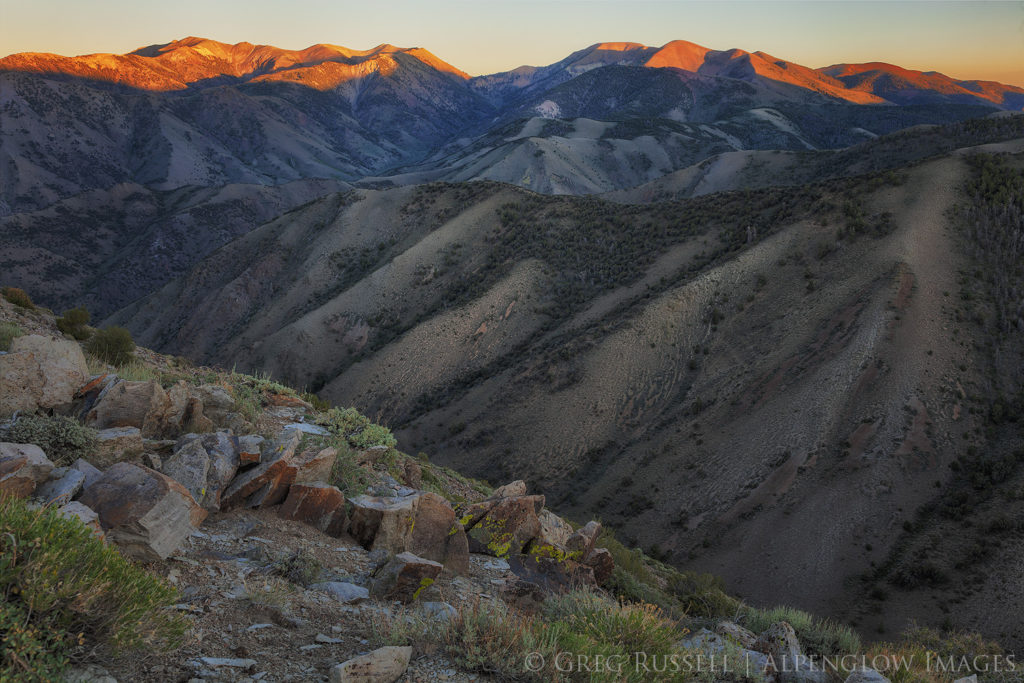
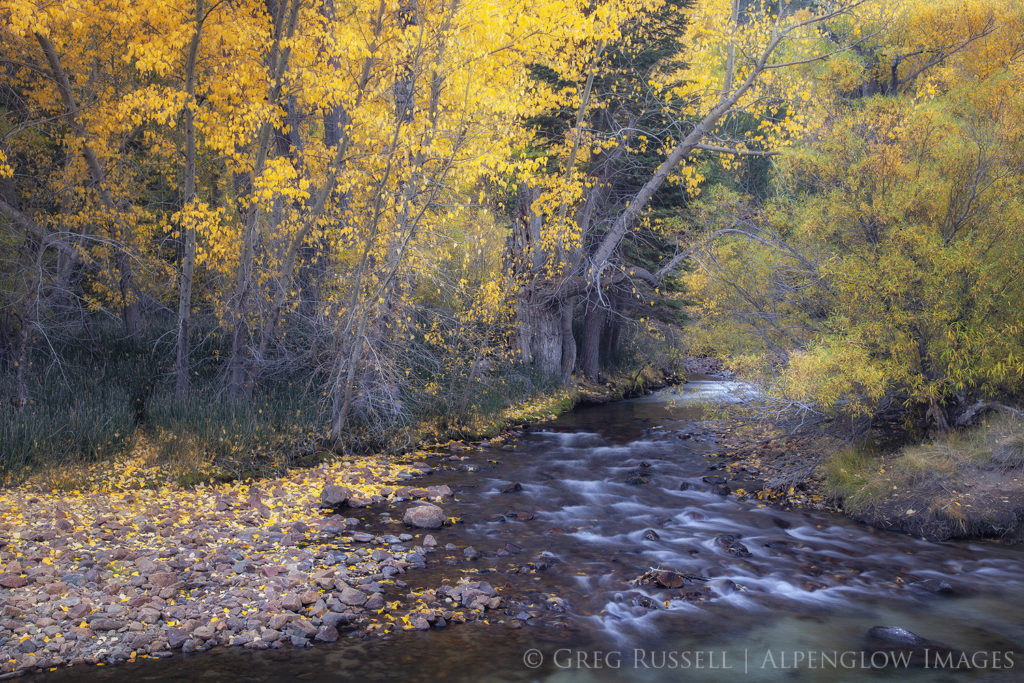
Past images of the year:
2010 | 2011 | 2012 | 2013 | 2014 | 2015 | 2016 | 2017 | 2018 | 2019

